1980s
1980: Isar building opens in Munich
On 16 September, the EPO inaugurates its headquarters in Munich. The location is not only symbolically important - the proximity of the German Patent Office and the Deutsches Museum (German Museum) creates a "technology triangle" - but is also practical consideration. With the German Patent Office nearby, important patent information can be quickly transferred between the two buildings. This is especially important before patent files are digitised in the late 1980s and the 1990s.
1980: EPO grants first patents
In January, the EPO grants its first patents. the very first is for a device that determines if coins placed in parking meters and train-ticket machines are authentic.
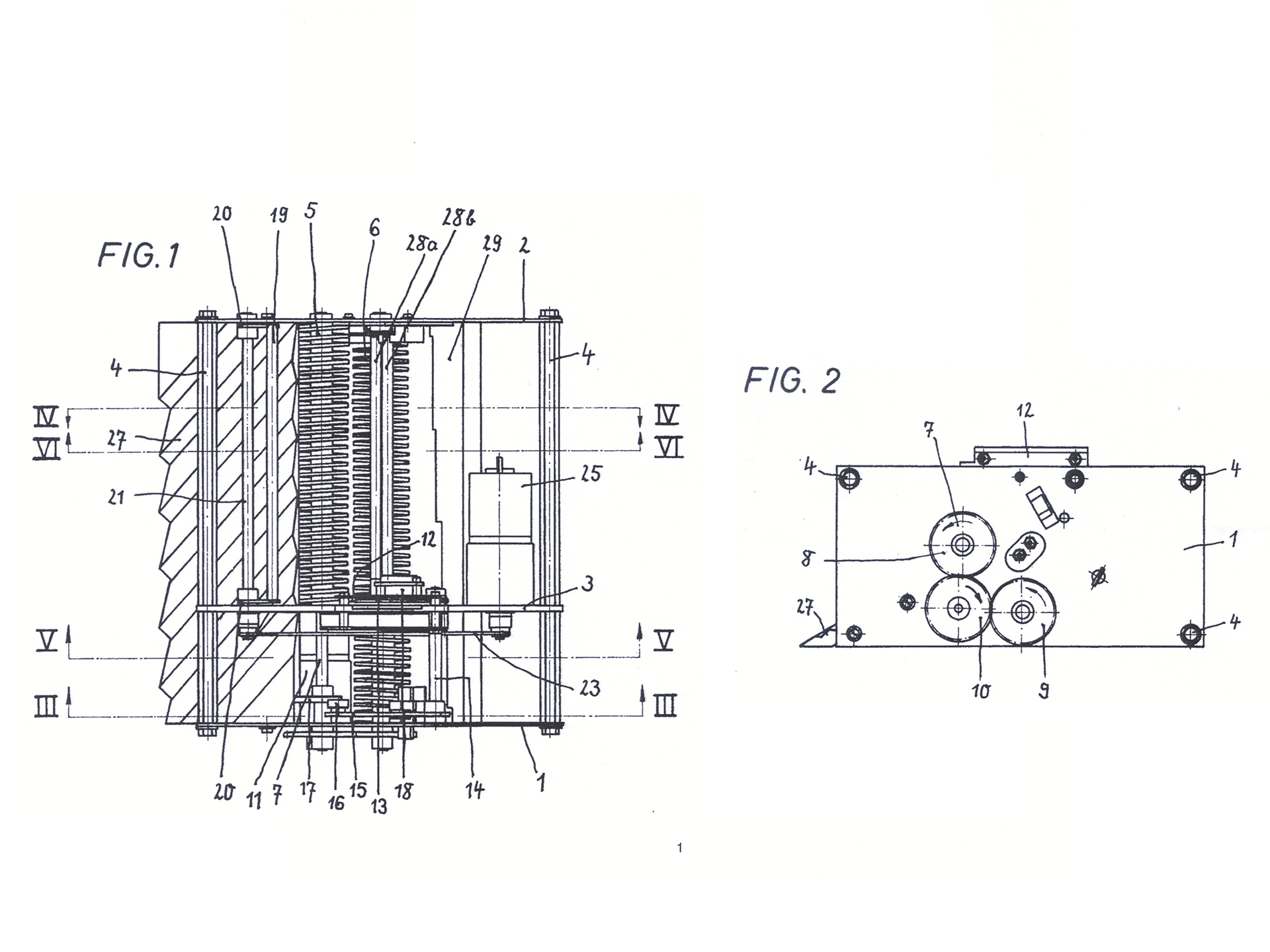
1981: EPO becomes financially independent
The EPO is funded solely through procedural fees and a proportion of the renewal fees for granted European patents.
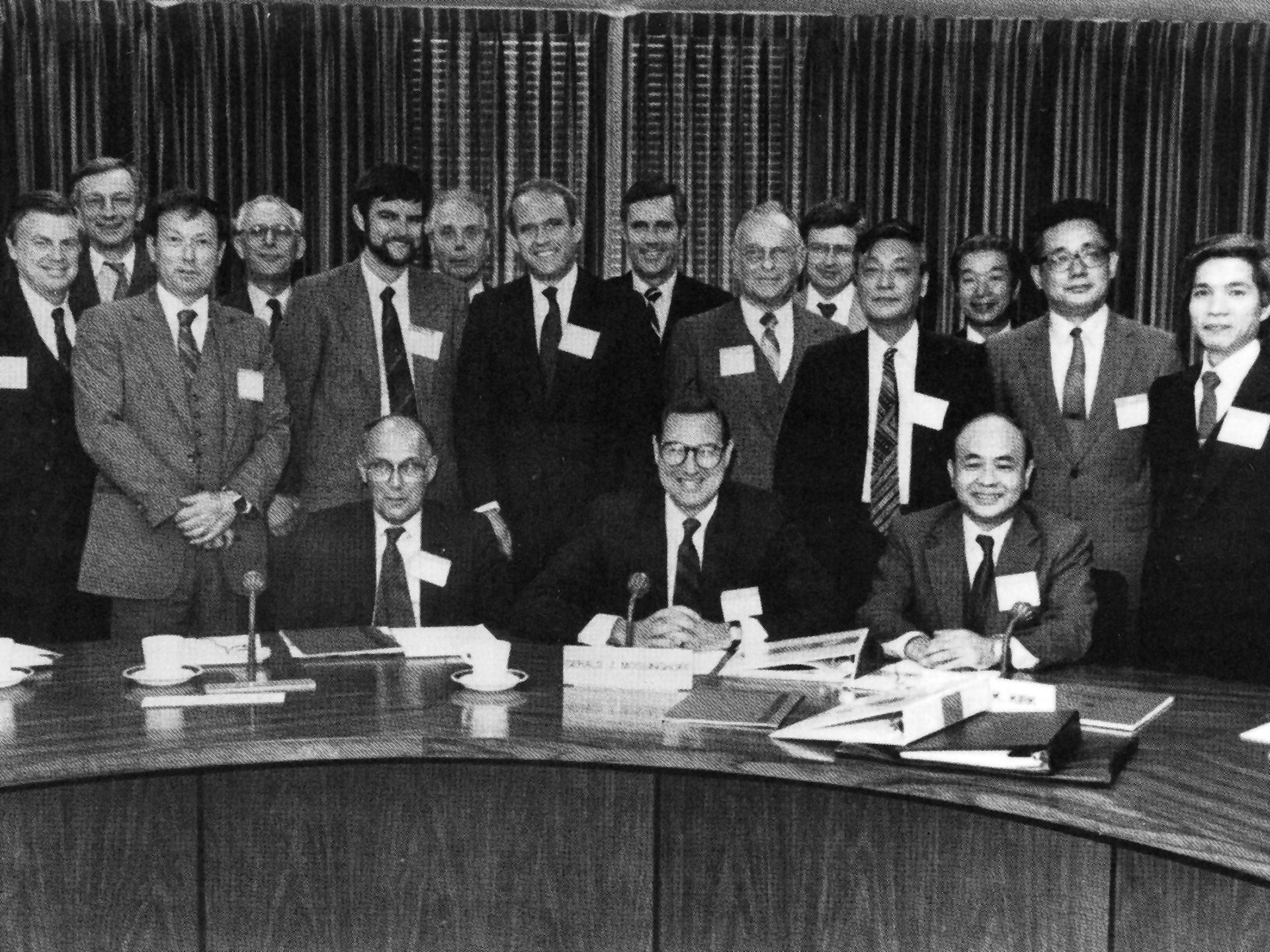
1983: Trilateral co-operation with USPTO and JPO
Faced with dramatic rise in the number of patent applications in the early 1980s, the EPO and the US and Japan patent offices meet in Washington at the first Trilateral Conference and agree to facilitate the rapid exchange of patent data. The three offices, which together account for nearly 70% of all PCT filing worldwide, continue to meet to harmonise patent processes, practices and tools.
1984: EPO stores over 16 000 000 classified documents
This vast collection of material is held in the search division archives at the EPO's branch in The Hague. The classification scheme contains 77 0000 headings.
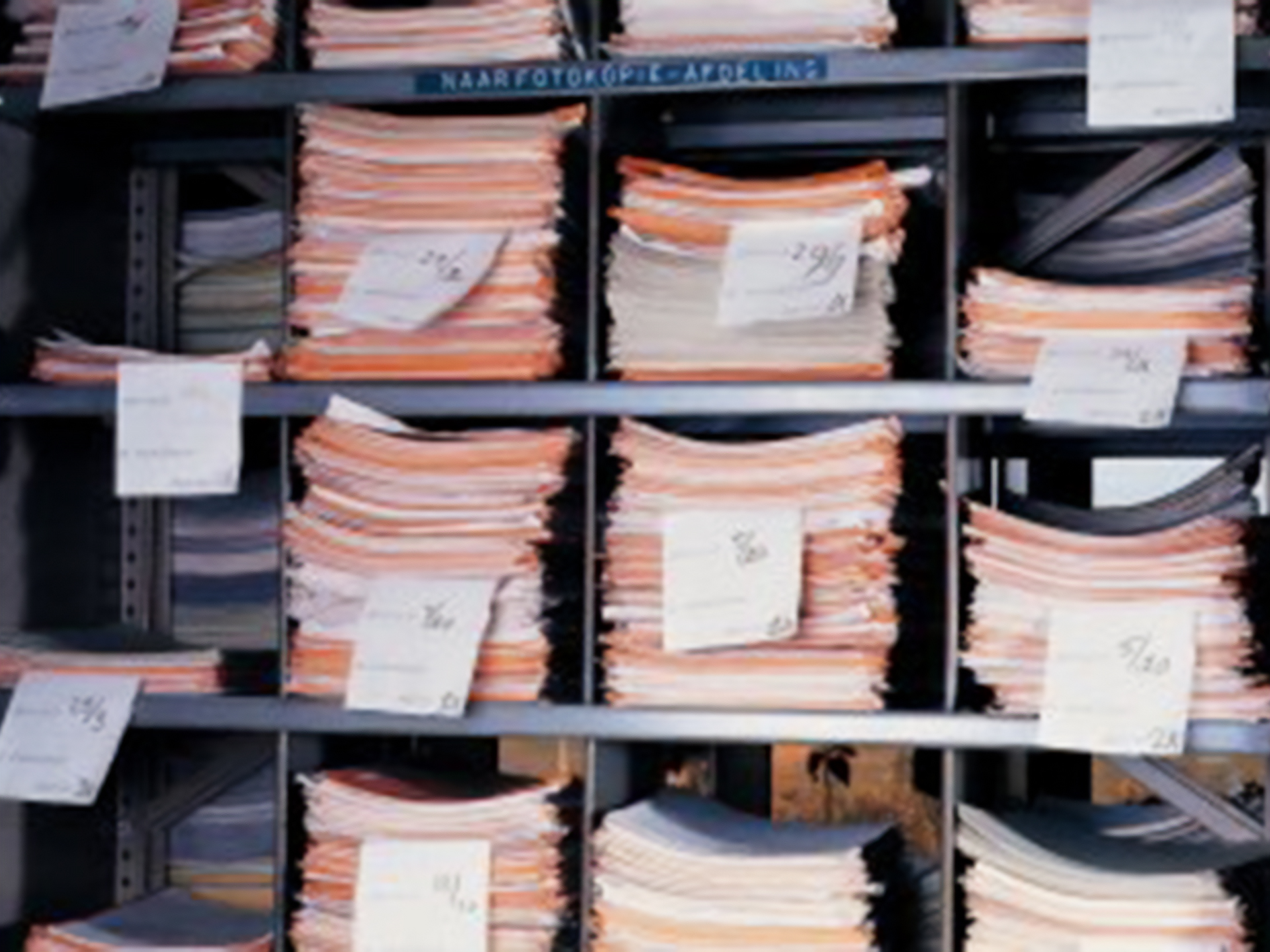
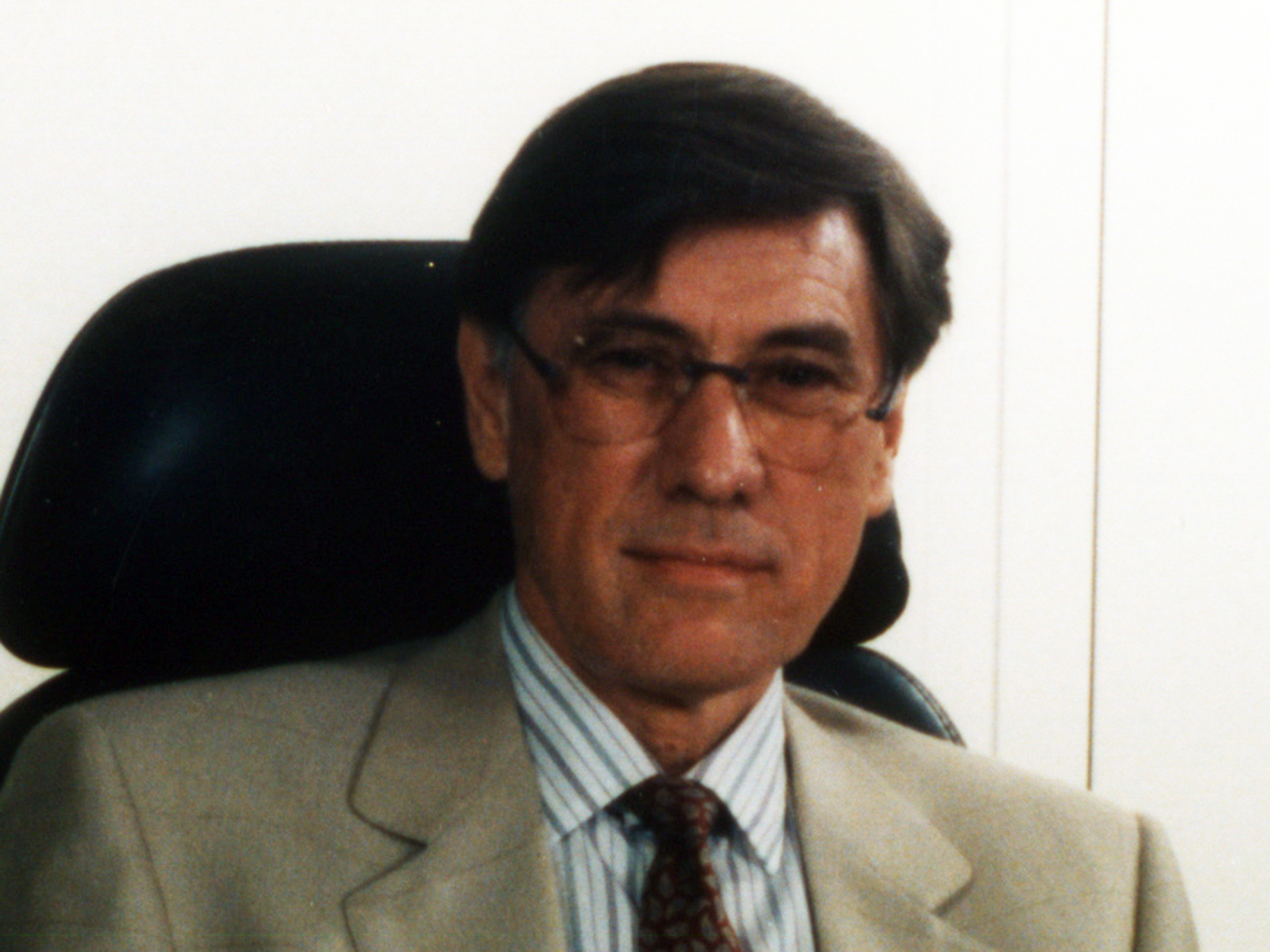
1985: Paul Braendli becomes EPO President
Paul Braendli takes over the reins as President from Bob van Benthem. A former Swiss patent attorney and head of the Swiss Patent Office, Braendly plays a crucial role in defining the scope of the EPO as it quickly grows, more that doubling its staff during his tenure. He also oversees the integration of the Vienna patent documentation centre into the EPO fold, the establishment of a Brussels bureau for closer interaction with the EU, and the advance into digital storage technology at the EPO.
1986: BACON project begins
The BACON (BAckfile CONversion) project is one of the cornerstones of trilateral co-operation between the patent offices, aiming to convert all patent documents issued after 1920 into digital format and create a common database. In 1986, the EPO, the JPO and the USPTO begin scanning and converting 41.6 million patents from paper into digital form.
1989: BEST pilot project starts
Originally involving only eight examiners, the BEST (Bringing Examination and Search Together) pilot project explores having an individual examiner perform both prior-art search and substantive examination, which are normally carried out by two different examiners in separate locations. The scope of the BEST project increases gradually until it is adopted Office-wide in 2002.
1989: First ESPACE CD-ROMs produced
Ushering in a new age of digital archiving, the EPO begins storing applications on CD-ROMs under a programme entitled ESPACE (Electronic Storage of Patent Applications on CD by the EPO). The EPO is not only the first international patent office to begin storing information on CD-ROM; when it begins issuing two CD-ROMs per week with a production run of 300 it also becomes on the of the world's leading publishers of CD-ROMs at the time. Switching to a digital format allows it to cut costs by an estimated 20%.
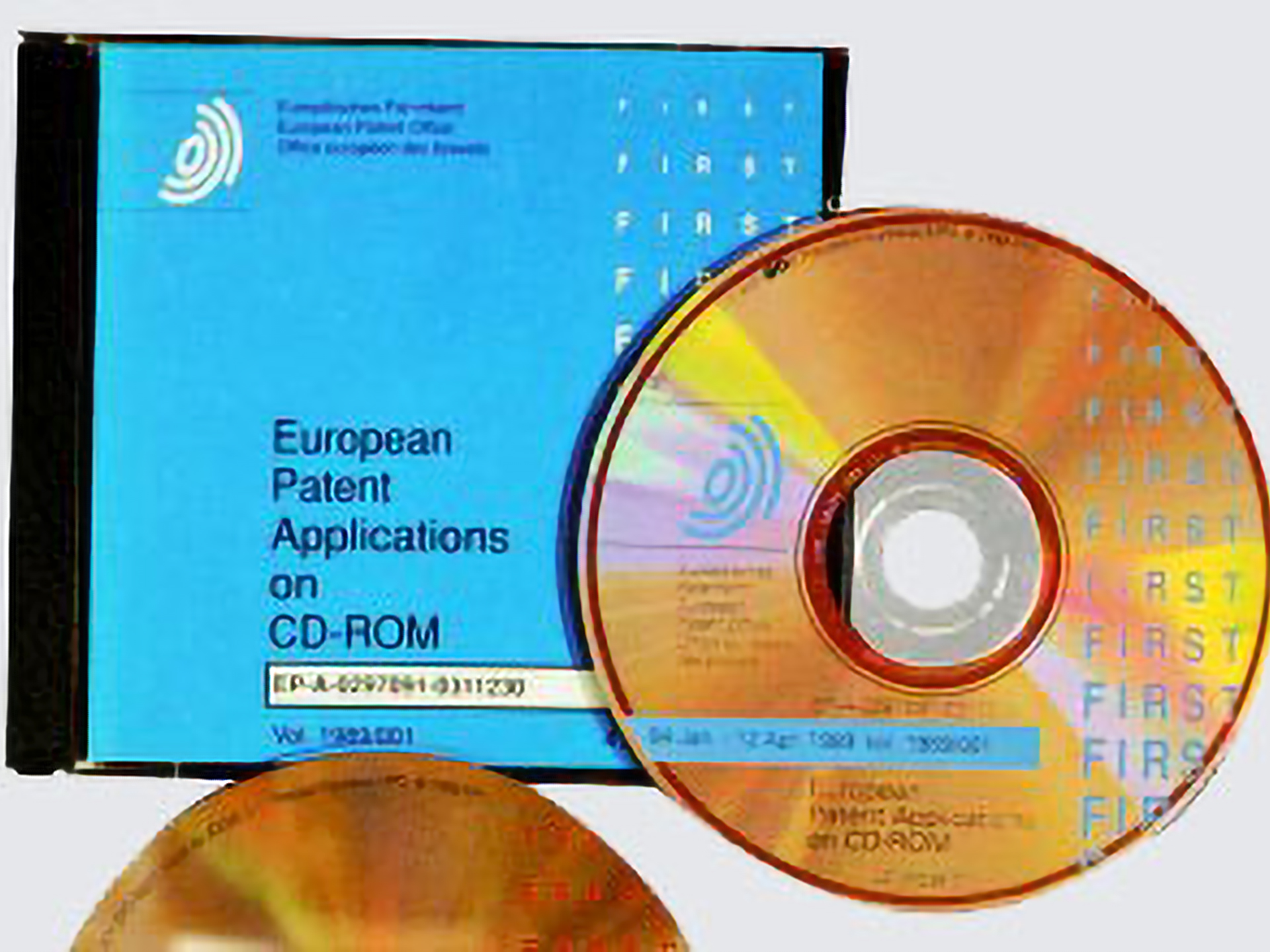
Decade in review
1980: Liechtenstein joins European Patent Organisation
1980: Over 1 000 applications filed in a single year
1981: EPO handles its first opposition procedure
1985: EPO now employs over 2 000 people
1986: Greece and Spain join the European Patent Organisation
1989: EPO now employs over 3 000 people